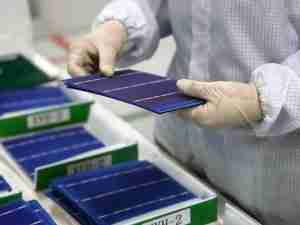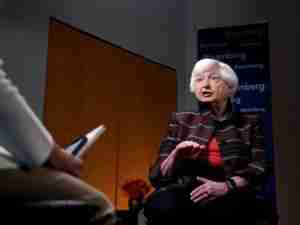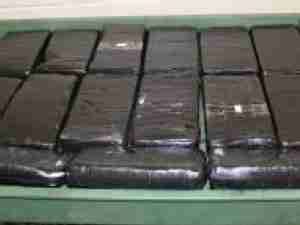UAE an ideal trade partner for India
By: Reuters | Sep 09 2015 at 05:16 PM | International Trade
Experts and the media have naturally highlighted the various successes of the visit in the areas of security, anti-terrorism cooperation, petroleum, defence, and the UAE backing India for a permanent seat in the U.N. Security Council, etc. Looking at it purely from an economic prism, the two countries share a very important trade and investment partnership – India is the UAE’s second-largest trading partner and the UAE is India’s third-largest trade partner.
Bilateral trade between the two nations reached $59 billion last year, and according to a HSBC Global Connections research report, the UAE’s growing role as a regional trading hub will make it India’s top export destination by 2030, displacing the United States. With the two governments agreeing to boost trade by 60 percent over the next five years, we may not even have to wait till 2030 for that to happen.
Traditionally, the region has largely been seen as a source of petroleum products. However, as the country invests its petro-dollars to move up the value chain to become a trade, investment and knowledge hub, its proximity to India should be leveraged to its fullest. With the UAE focusing on knowledge-based industries and India rapidly emerging as a world leader in areas such as pharmaceuticals and bio-technology, there is considerable scope for cooperation in R&D and technology transfer.
One of Modi’s key priorities during his UAE trip was to persuade the country to invest a portion of its $1 trillion sovereign wealth fund in Indian infrastructure. Investments from the UAE so far have amounted to $10 billion – $3 billion in direct investment and the rest through the stock market.
Modi has stated that India has the ability to absorb $1 trillion immediately in areas like infrastructure, agriculture and warehousing. The “Bilateral Investment Promotion and Protection Agreement” signed by the India-UAE governments in December 2013 to encourage cooperation should help assuage previous issues faced by UAE investments in India. This is further bolstered by the recent success of Etihad Airways’ minority investment in Jet Airways for $378 million. Jet Airways has gradually turned around operations, posting a quarterly profit in Q1 FY16.
The UAE has also developed considerable expertise in the development of infrastructure, which is amply shown in Masdar city, which Modi visited during his trip. India could use the UAE’s expertise as it seeks to reach its goal of developing 100 smart cities. But unlike Masdar city, India’s smart cities will follow a different development model as their infrastructure will be enhanced and not developed from scratch. The UAE could consider adopting a city as planned by countries such as France (Nagpur, Puducherry), the United States (Vishakhapatnam, Ajmer, Allahabad) and Japan (Varanasi).
In trade and investments alone, there are many areas where India and the UAE have aligned interests. Stronger ties will also ensure that there is a ready market in the UAE for Indian goods to further develop the government’s “Make in India” programme. Hopefully, Modi’s visit will lead to a deeper engagement and the UAE will get the attention it deserves from India.








